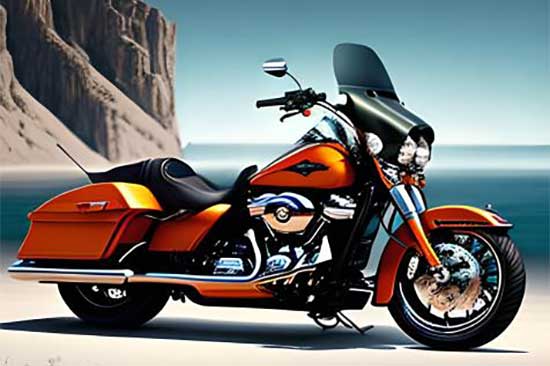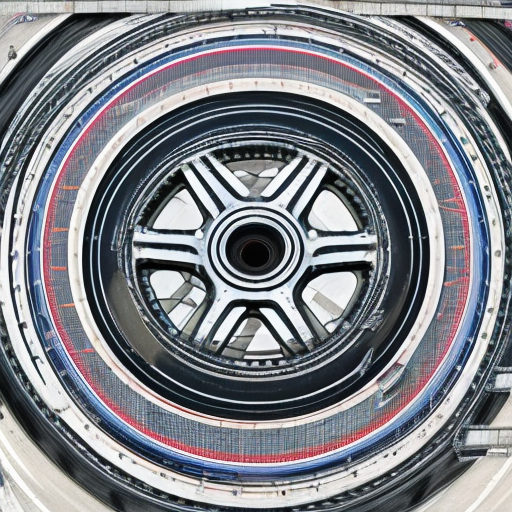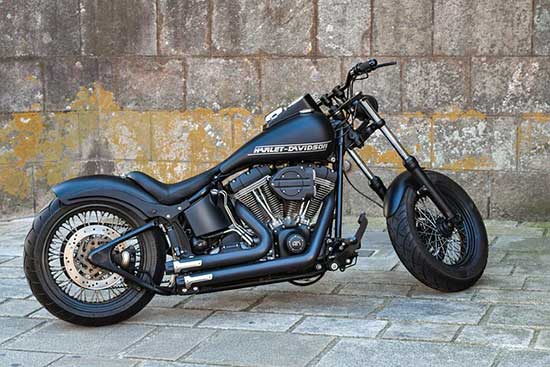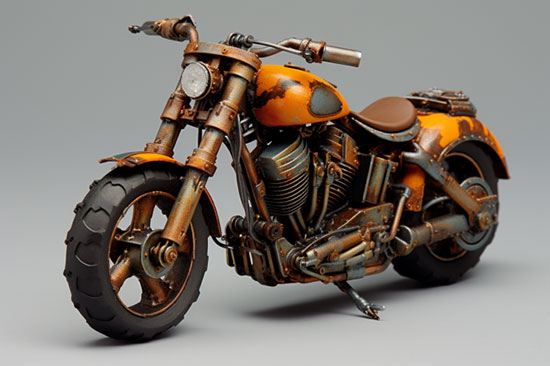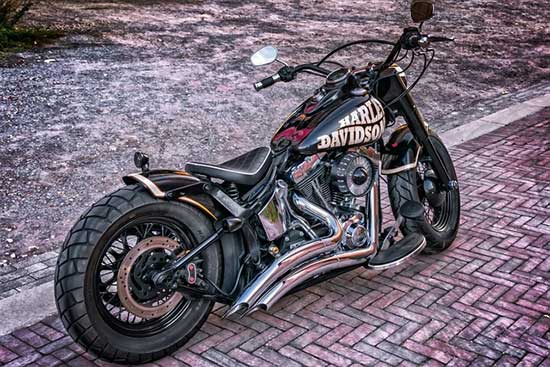Harley Davidson, an iconic American motorcycle manufacturer, introduced the Road Glide in 1998.
This touring bike quickly gained a reputation for its distinctive “shark-nose” fairing and comfortable long-distance riding capabilities.
Over the years, the Road Glide has evolved, with multiple models catering to various rider preferences. One important aspect that sets these motorcycles apart is their weight.
Contents
Importance of weight in motorcycle performance
Motorcycle weight plays a crucial role in performance, handling, and overall ride quality. Heavier bikes offer stability and improved road grip, while lighter motorcycles provide better acceleration, handling, and fuel efficiency.
Understanding the weight of a Harley Davidson Road Glide is essential for riders who want to get the most out of their touring experience.
Key factors affecting the weight of Harley Davidson Road Glide
Frame and chassis
The Road Glide’s frame and chassis are key components in determining its overall weight. Typically constructed from steel, the frame provides the necessary rigidity and strength to support the motorcycle’s weight and resist the stresses of riding.
The chassis, which includes the suspension and steering systems, adds to the bike’s weight while providing a stable and comfortable ride.
Engine and transmission
The engine and transmission are significant contributors to the Road Glide’s weight. Harley Davidson uses their famous V-twin engines, which are known for their torque, power, and distinct sound.
The larger the engine displacement, the heavier the engine will be. Additionally, the transmission system, responsible for transferring power from the engine to the rear wheel, also adds weight to the motorcycle.
Wheels and tires
The wheels and tires on a Harley Davidson Road Glide affect its weight, with larger wheels and heavier tires increasing the overall mass.
The choice of wheel material, such as aluminum or steel, and tire type, like touring or sport-touring, can also influence the weight.
Fuel capacity
Fuel capacity is another factor that impacts the weight of a Road Glide. A larger fuel tank means more fuel capacity, which translates to increased weight when full.
However, this also allows for longer distances between fuel stops, a critical consideration for touring riders.
Accessories and customization
Harley Davidson owners often customize their motorcycles with various accessories, such as luggage systems, upgraded seats, and additional lighting. These modifications can significantly affect the weight of a Road Glide.
When selecting accessories, riders should consider their impact on the bike’s overall weight and how it may affect handling and performance.
Comparing different Harley Davidson Road Glide models
Road Glide Standard
The Road Glide Standard is the base model in the lineup, offering a stripped-down, no-frills touring experience.
With a Milwaukee-Eight 107 engine and a 6-gallon fuel tank, the Standard has a wet weight of approximately 853 pounds.
Its lighter weight compared to other Road Glide models makes it a great option for those looking for an agile and responsive ride.
Road Glide Special
The Road Glide Special comes with additional features and a Milwaukee-Eight 114 engine, resulting in an increased wet weight of around 868 pounds.
The Special features custom wheels, a gloss black inner fairing, and a range of premium paint options, making it a popular choice among riders who want a touch of luxury without sacrificing performance.
Road Glide Limited
The Road Glide Limited is designed for long-distance touring, with a comfortable riding position, plush passenger accommodations, and a full suite of infotainment options.
Powered by a Milwaukee-Eight 114 engine, the Limited has a wet weight of approximately 917 pounds.
Its added weight comes from the additional features and creature comforts, such as heated grips, a larger fairing, and a top case for added luggage capacity.
Road Glide CVO
The Road Glide CVO (Custom Vehicle Operations) is the flagship model, boasting the largest Milwaukee-Eight 117 engine, premium audio, and an extensive list of custom features.
With a wet weight of around 944 pounds, the CVO offers a truly luxurious riding experience, but its increased weight may make it less agile than its lighter counterparts.
Impact of Weight on Handling and Performance
Acceleration and top speed
The weight of a Harley Davidson Road Glide affects its acceleration and top speed. Heavier models, such as the CVO, will generally have slower acceleration due to the added mass, while lighter models like the Standard will accelerate more quickly.
However, the more powerful engines in the heavier models may offset the weight difference and still provide impressive performance.
Braking
The weight of a motorcycle directly impacts its braking performance. Heavier bikes require more braking force to slow down or stop, which can lead to increased braking distances.
Riders should be mindful of the additional weight when approaching corners or stopping in traffic.
Cornering
A heavier motorcycle can affect cornering abilities, as increased mass may make the bike less nimble and responsive.
Lighter models, like the Road Glide Standard, offer better handling in corners, while heavier models may require more effort to lean into turns.
Conclusion
The weight of a Harley Davidson Road Glide plays a crucial role in its performance, handling, and overall riding experience.
By understanding the factors affecting weight and the differences between various Road Glide models, riders can make an informed decision when choosing the perfect touring motorcycle for their needs.

